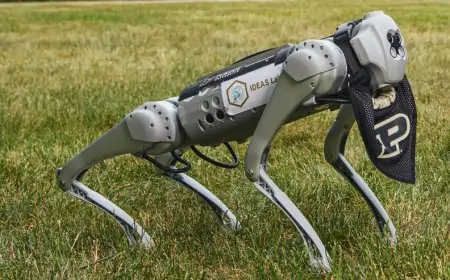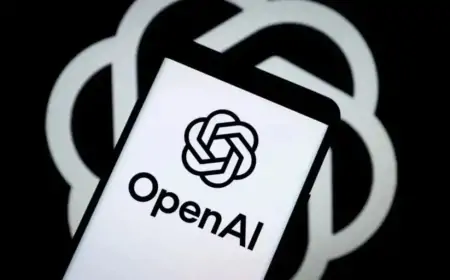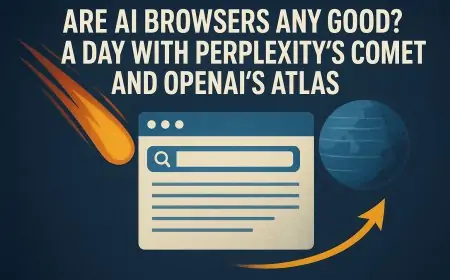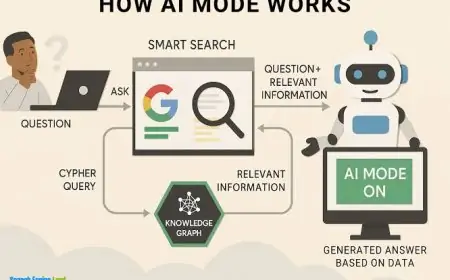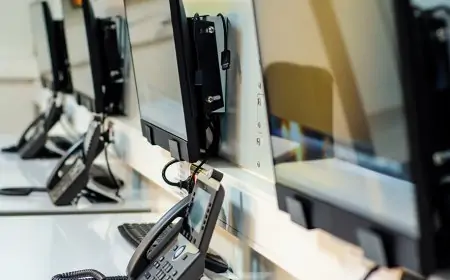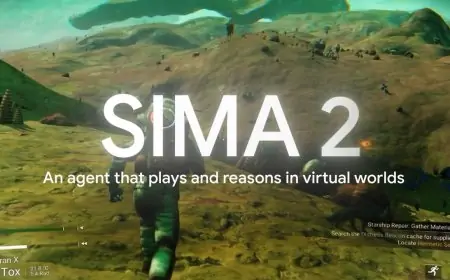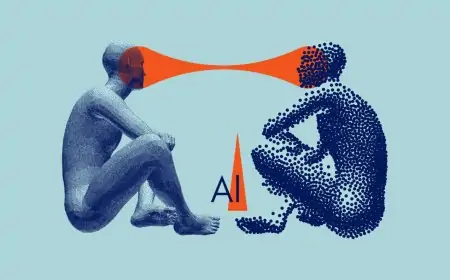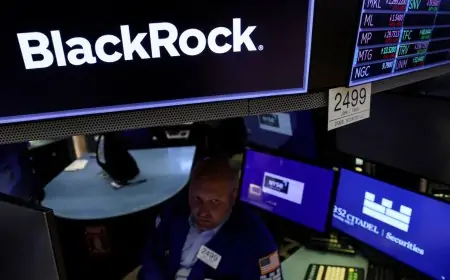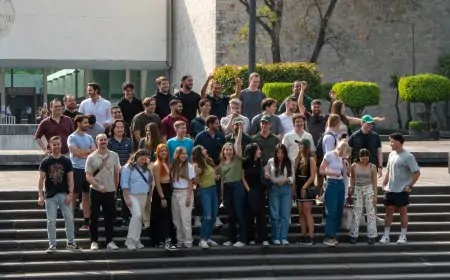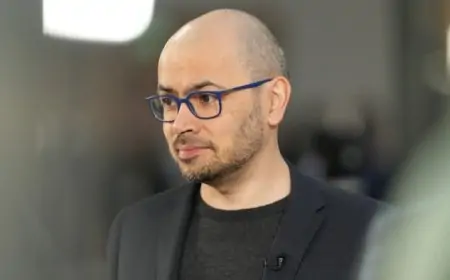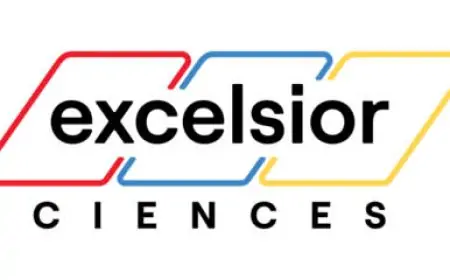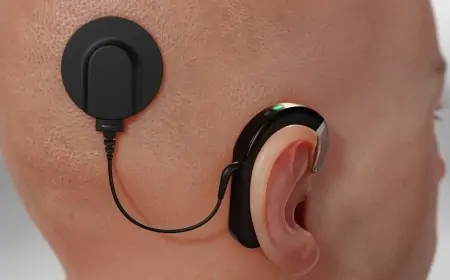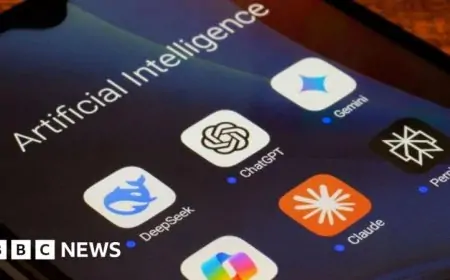AI Outsniffs Human Experts in Whiskey Identification Challenge
German researchers develop AI algorithm that distinguishes between American and Scotch whiskeys with 100% accuracy, surpassing human experts in aroma identification.

In a groundbreaking development, artificial intelligence has proven its prowess in the world of whiskey, demonstrating an ability to "smell" and identify different types of spirits with remarkable accuracy. Researchers from the Fraunhofer Institute for Process Engineering and Packaging in Germany have created an AI tool that can distinguish between American whiskey and Scotch whiskey with 100% accuracy, outperforming even seasoned human experts (Chemistry World Report).
The OWSum Algorithm
The team developed a molecular odor prediction algorithm called OWSum, which they trained using flavor descriptions and chemical data from various whiskeys. In their study, they analyzed 16 samples, including 9 Scotch whiskeys and 7 American bourbons. Initially, OWSum was able to differentiate between the two types of whiskey with nearly 94% accuracy based solely on keyword descriptions such as floral, fruity, woody, and smoky notes. However, when provided with a reference dataset of 390 common whiskey molecules and results from gas chromatography-mass spectrometry analysis, the AI's accuracy improved to a perfect 100% (Science News Analysis).
Chemical Signatures
The research revealed distinct chemical signatures for each type of whiskey:
- American whiskey: Characterized by compounds like menthol and citronellol
- Scotch whiskey: Marked by the presence of methyl decanoate and heptanoic acid
AI vs. Human Experts
In a test to predict the top five odor keywords based on chemical composition, the AI models significantly outperformed human experts:
- OWSum: Scored 0.72
- Neural network: Scored 0.78
- Human experts: Scored only 0.57
Implications for the Whiskey Industry
Dr. Andreas Grasskamp, a member of the research team, emphasized that the AI is not meant to replace human expertise but rather to support it through efficiency and consistency (Detailed Research Findings). The technology could have several applications in the whiskey industry:
- Quality control: Ensuring consistent flavor profiles across batches
- Product development: Assisting in the creation of new whiskey blends
- Authenticity verification: Detecting counterfeit or mislabeled products
- Training: Enhancing the skills of human whiskey tasters
Future Prospects and Limitations
While the results are promising, Dr. William Peverer of the University of Glasgow noted that the study's small sample size limits its broader applicability. Further research is needed to determine how well the AI would perform with a larger variety of whiskeys and how it would handle the complex aromas that develop with age.
As AI continues to evolve, its role in sensory analysis across various industries is likely to expand. The success of OWSum in whiskey identification demonstrates the potential for AI to revolutionize our understanding and appreciation of complex flavors and aromas, not just in spirits but potentially in other food and beverage applications as well.
This breakthrough serves as a testament to the growing capabilities of AI in tasks that were once thought to be exclusively human domains, opening up new possibilities for innovation in the centuries-old art of whiskey-making.

